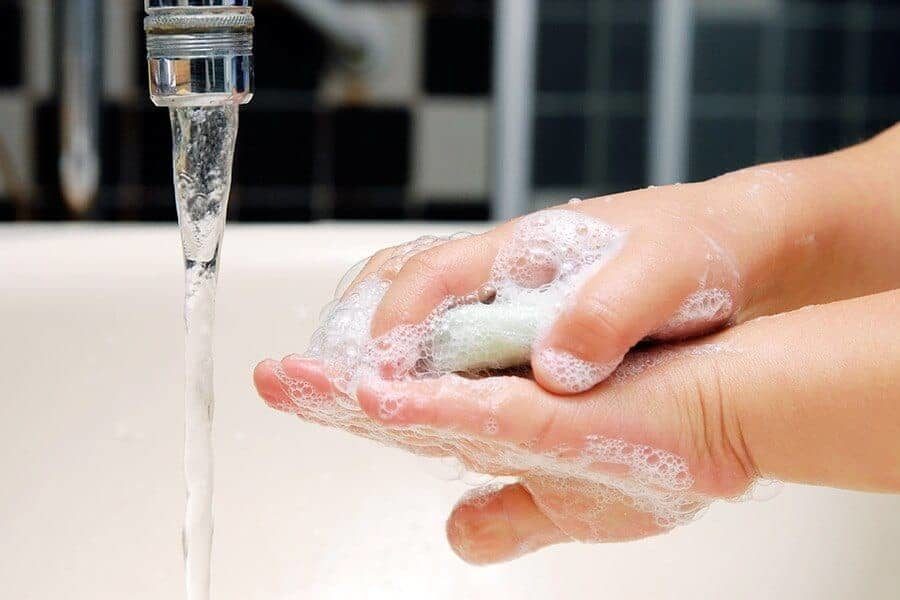New research demonstrates that the six-step hand-hygiene technique recommended by the World Health Organization is superior to a three-step method suggested by the U.S. Centers for Disease Control and Prevention (CDC) in reducing bacteria on healthcare workers’ hands. The study was published online today in Infection Control & Hospital Epidemiology, the journal of the Society for Healthcare Epidemiology of America.
“Hand hygiene is regarded as the most important intervention to reduce healthcare-associated infections, but there is limited evidence on which technique is most effective,” said Jacqui Reilly, PhD, lead author of the study and professor of infection prevention and control at Glasgow Caledonian University in Scotland. “This study provides a foundation for effective best practices to implement on the frontlines of healthcare.”
During the randomized controlled trial in an urban, acute-care teaching hospital, researchers observed 42 physicians and 78 nurses completing hand-washing using an alcohol-based hand rub after delivering patient care. The six-step technique was determined to be microbiologically more effective for reducing the median bacterial count (3.28 to 2.58) compared to the three-step method (3.08 to 2.88). However, using the six-step method required 25 percent more time to complete (42.50 seconds vs. 35 seconds).
“One of the interesting incidental findings was that compliance with the six-step technique was lacking. Only 65 percent of providers completed the entire hand hygiene process despite participants having instructions on the technique in front of them and having their technique observed. This warrants further investigation for this particular technique and how compliance rates can be improved,” said Reilly.
The researchers recommend authors of international guidance should consider this evidence when making official recommendations on best practices in hand hygiene.

